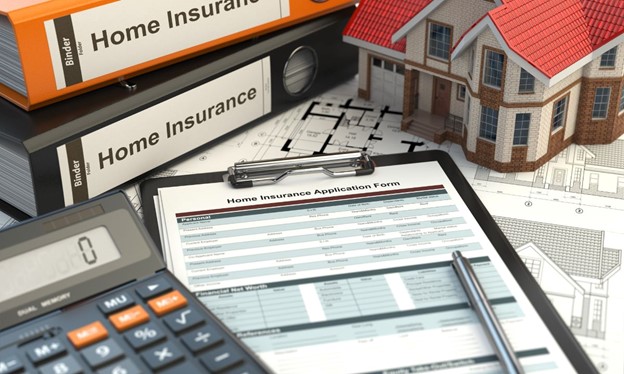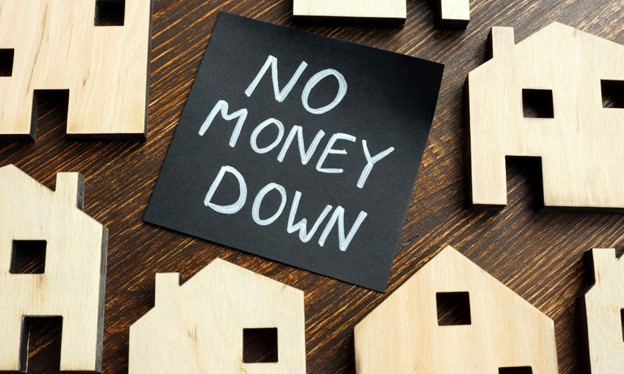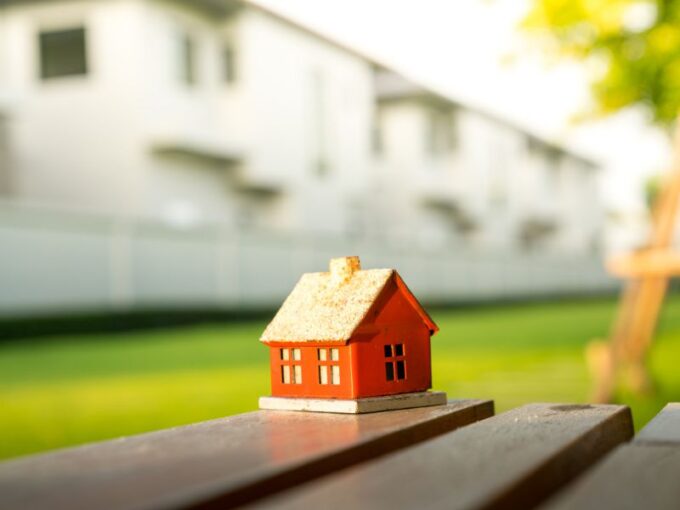 When a borrower applies for a mortgage loan, the lender typically requires proof of insurance coverage before they approve the loan. An insurance binder is a document issued by the insurance company that provides temporary proof of insurance coverage until the official insurance policy is issued.
When a borrower applies for a mortgage loan, the lender typically requires proof of insurance coverage before they approve the loan. An insurance binder is a document issued by the insurance company that provides temporary proof of insurance coverage until the official insurance policy is issued.
The insurance binder for mortgage loans will typically include information about the property being insured, the coverage limits, and the effective date of the policy. The lender will review the insurance binder to ensure that it meets their requirements for coverage and will usually require the borrower to maintain insurance coverage for the duration of the mortgage loan.
How to Get a Mortgage Insurance Binder:
- Choose an Insurance Provider: You typically obtain mortgage insurance from private mortgage insurance (PMI) companies or the Federal Housing Administration (FHA) for government-backed loans. Your lender can recommend PMI providers if you’re not sure where to start.
- Application: Once you’ve chosen an insurance provider, you’ll need to complete an application for mortgage insurance. This application will include details about the property, your financial situation, and your loan terms.
- Underwriting Process: The insurance provider will review your application and assess your creditworthiness. They will also evaluate the property to determine its insurability.
- Insurance Premium: You will be required to pay an insurance premium for your mortgage insurance. This can be a one-time premium, a monthly premium, or a combination of both, depending on the type of mortgage insurance and your specific loan terms.
- Obtain the Binder: Once your application is approved and you’ve paid the premium, the insurance provider will issue a mortgage insurance binder. This is a document that confirms you have mortgage insurance in place.
- Provide to Lender: You will need to provide the mortgage insurance binder to your lender as part of your mortgage application. The lender will then include this information in your loan file.
- Ongoing Premiums: If you have monthly premiums, remember to keep up with these payments for the duration of the mortgage. Failure to pay the premiums could result in the cancellation of your mortgage insurance.
It is important for borrowers to understand that an insurance binder is a temporary document and should not be used as a replacement for the official insurance policy. It is also important to review the insurance policy carefully to ensure that it provides the necessary coverage for the property being insured.
 Purchasing a home is one of the most significant financial investments one can make in one’s lifetime. However, beneath the glossy exterior of a prospective dream home lies a world of hidden issues that can have a profound impact on your investment.
Purchasing a home is one of the most significant financial investments one can make in one’s lifetime. However, beneath the glossy exterior of a prospective dream home lies a world of hidden issues that can have a profound impact on your investment. “No-deposit” mortgage deals for first-time buyers refer to mortgage options that allow buyers to purchase a home without having to put down a deposit or a down payment. Here are the pros and cons of such deals:
“No-deposit” mortgage deals for first-time buyers refer to mortgage options that allow buyers to purchase a home without having to put down a deposit or a down payment. Here are the pros and cons of such deals: As far as purchasing a home goes, “bigger is better” has often been the mantra. However, the trend of downsizing and tiny homes has gained significant traction in recent years, prompting many to rethink their approach to living spaces. This shift towards smaller, more efficient living has far-reaching implications for our lifestyles, our environmental footprint, and the way we view material possessions.
As far as purchasing a home goes, “bigger is better” has often been the mantra. However, the trend of downsizing and tiny homes has gained significant traction in recent years, prompting many to rethink their approach to living spaces. This shift towards smaller, more efficient living has far-reaching implications for our lifestyles, our environmental footprint, and the way we view material possessions. One of the most effective ways to increase privacy in your backyard is to plant trees and shrubs. Choose fast-growing evergreen trees and shrubs that will provide year-round coverage. You can also plant a mix of tall and short plants to create layers of privacy. Below are some additional ways to create more privacy.
One of the most effective ways to increase privacy in your backyard is to plant trees and shrubs. Choose fast-growing evergreen trees and shrubs that will provide year-round coverage. You can also plant a mix of tall and short plants to create layers of privacy. Below are some additional ways to create more privacy. Going from renting to owning a home can be a significant financial and personal milestone, but it requires careful planning and preparation. Here are some steps to take to make the transition from renting to owning:
Going from renting to owning a home can be a significant financial and personal milestone, but it requires careful planning and preparation. Here are some steps to take to make the transition from renting to owning: